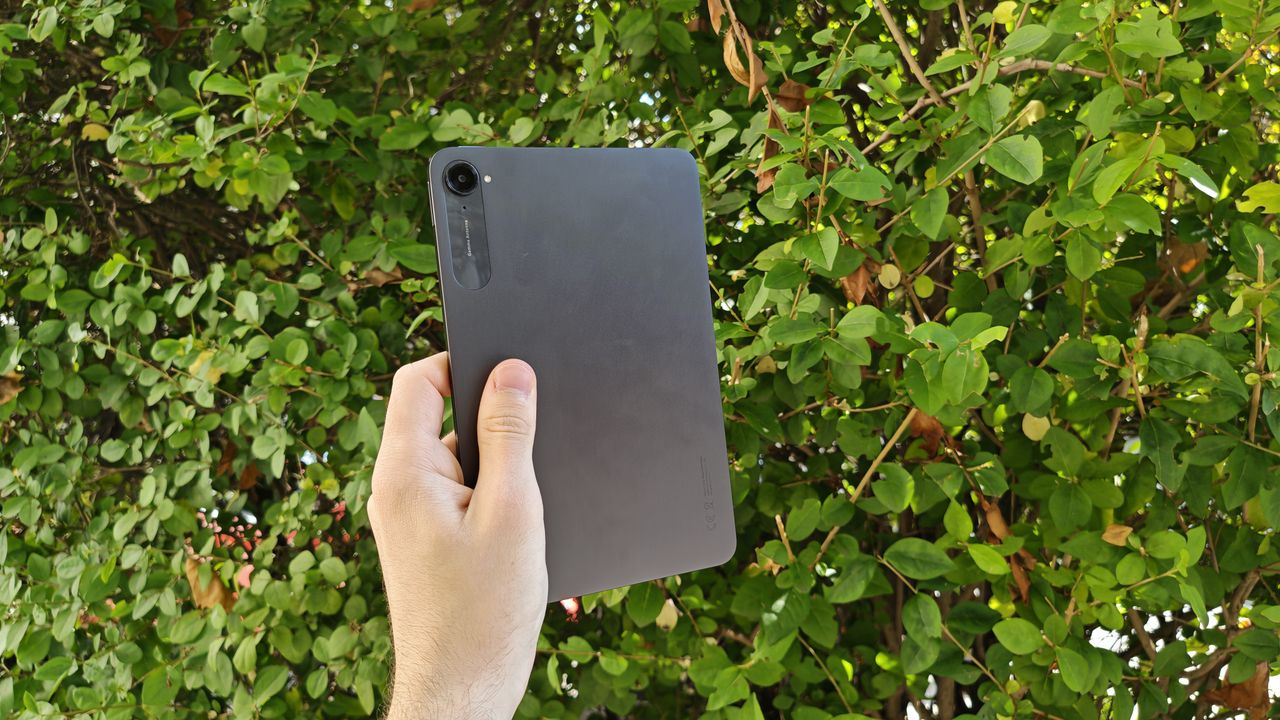
Scroll through our list of the best tablets, and you’ll find a section dedicated to the best compact tablet – for as long as I’ve worked at TechRadar, that title has been held by the iPad mini.
When it comes to tablets with screens smaller than 10 inches, no tablet maker has yet been able to top Apple’s combination of beautiful design, responsive software, and software utility – but now, a challenger has appeared on the horizon.
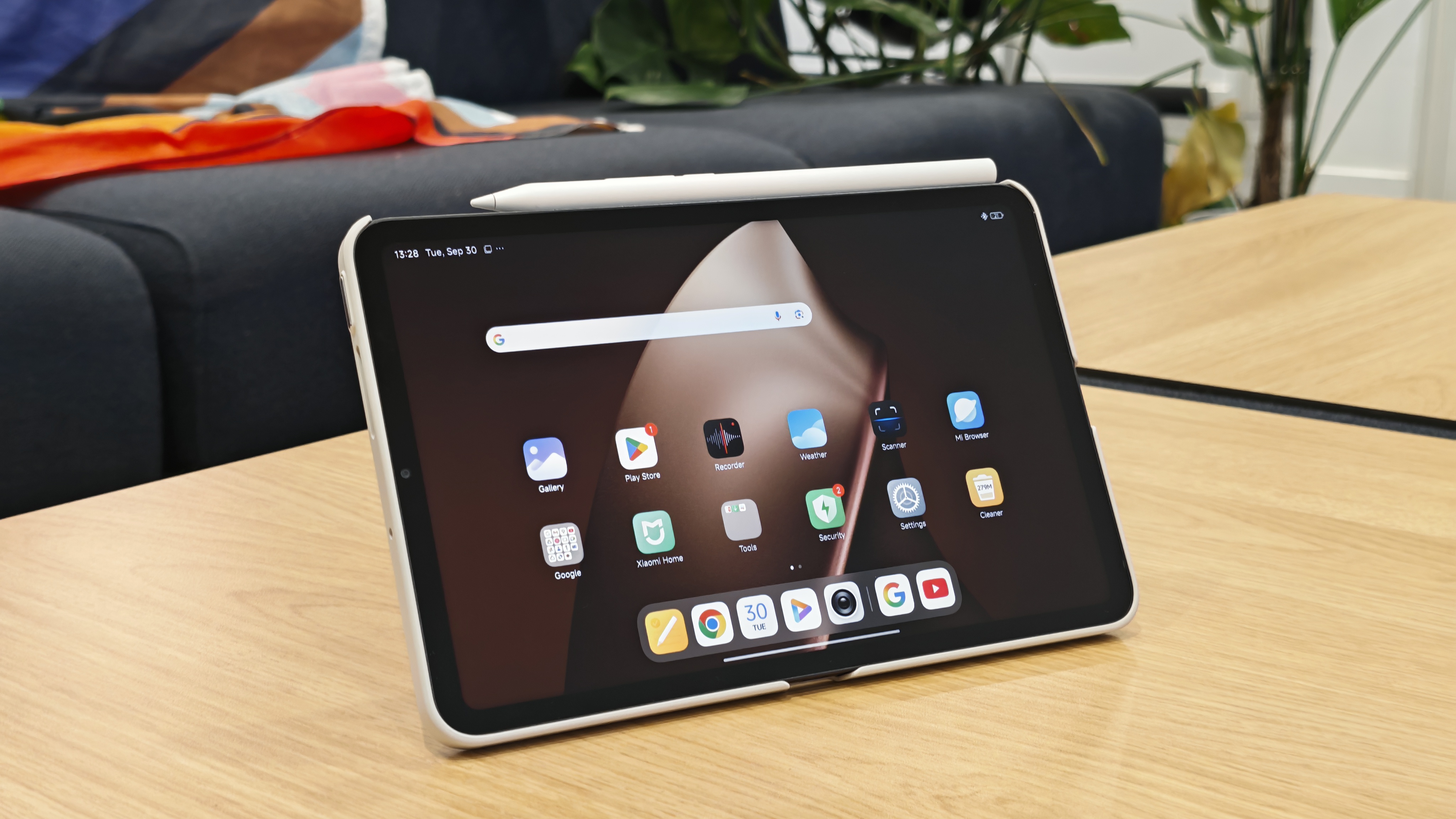
Xiaomi has released the new Xiaomi Pad Mini, an 8.8-inch compact tablet that takes square aim at the iPad mini, and isn’t shy about taking inspiration from Apple’s compact powerhouse. Compared to the iPad mini, the Xiaomi Pad Mini has a larger, higher resolution screen with a blazing-fast 165hz refresh rate, more RAM in its top-end configuration, and an approximately 50% larger battery. Oh, and it has two USB-C ports.
So far, this sounds like a winning combination – and it probably would be, if it weren’t for the Xiaomi Pad Mini’s limited geographic availability. According to GSMArena, the tablet has launched in Singapore, Malaysia, and the UAE, with more countries to follow – but Xiaomi has confirmed that there are no plans to launch the tablet in the US, UK, or Australia.
Well, there goes Xiaomi’s chances at truly rivalling the iPad mini – or, indeed, making it onto our list of the best tablets.
Despite this, I’ve managed to get my hands on a Xiaomi Pad Mini, and even from my very first impressions I can say it’s one of the best Android tablets I’ve ever used – here are my hands-on impressions of this powerful would-be iPad mini competitor.
Portable powerhouse
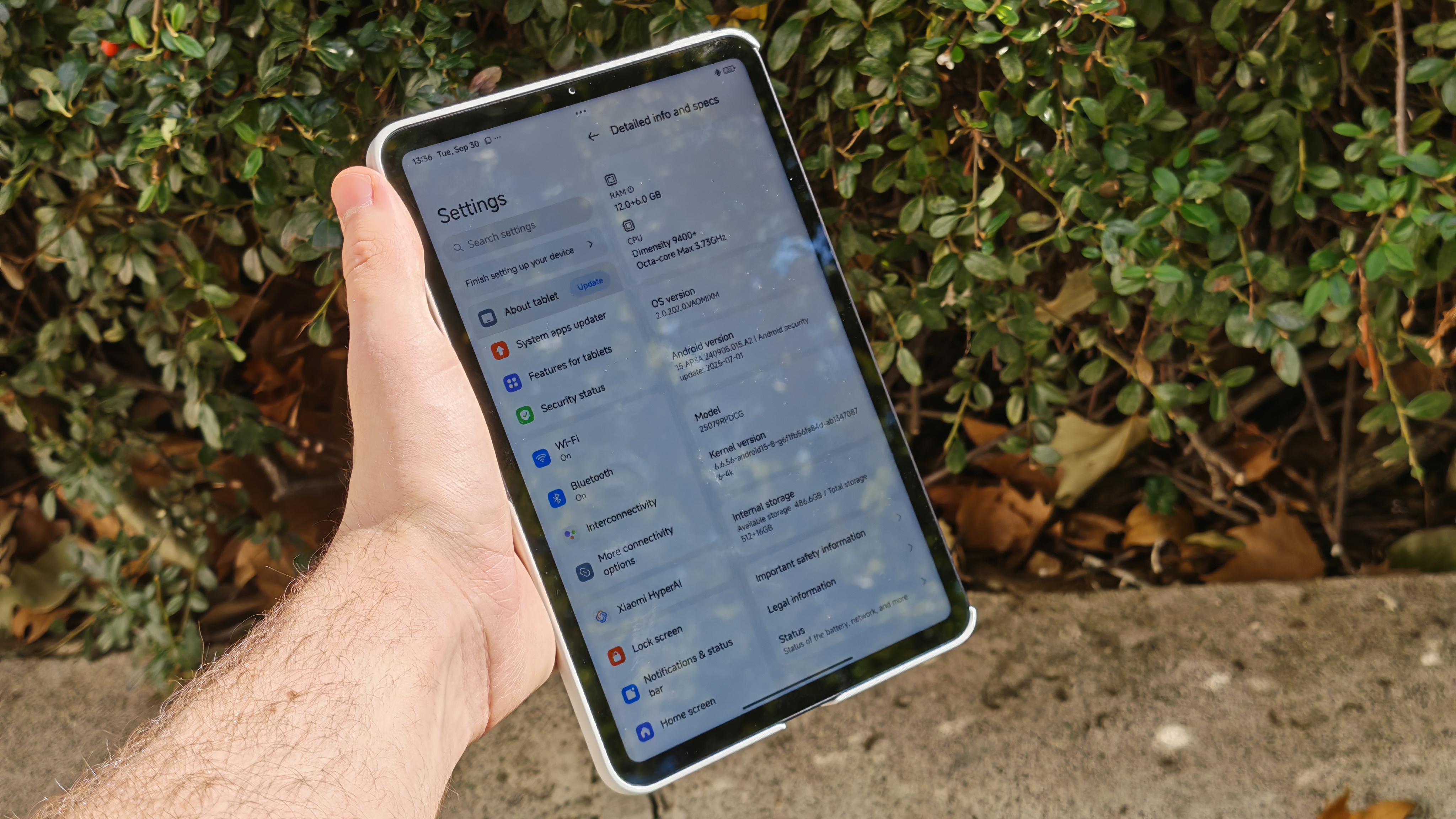
The Xiaomi Pad Mini runs on the MediaTek Dimensity 9400+ chipset – this may be a mobile platform, but it’s no joke when it comes to performance. The tablet comes in two configurations, one with 8GB of RAM and 256GB of storage, and the other with 12GB of RAM and 512GB of storage – I tested the latter model.
That means the Xiaomi Pad Mini feels snappy and responsive in day-to-day browsing, and holds up well in games like Call of Duty Mobile as well. It helps that the tablet has a genuinely excellent display, too – its 8.8-inch panel has a resolution of 1880 x 3008, a peak brightness of 700 nits, and ludicrously smooth 165Hz refresh rate – that’s sharper, brighter, and more than 100hz faster than the current-gen iPad mini. The Xiaomi Pad Mini’s 16:10 aspect ratio makes it an ideal choice for videos, too, and the speakers offer good volume and range.
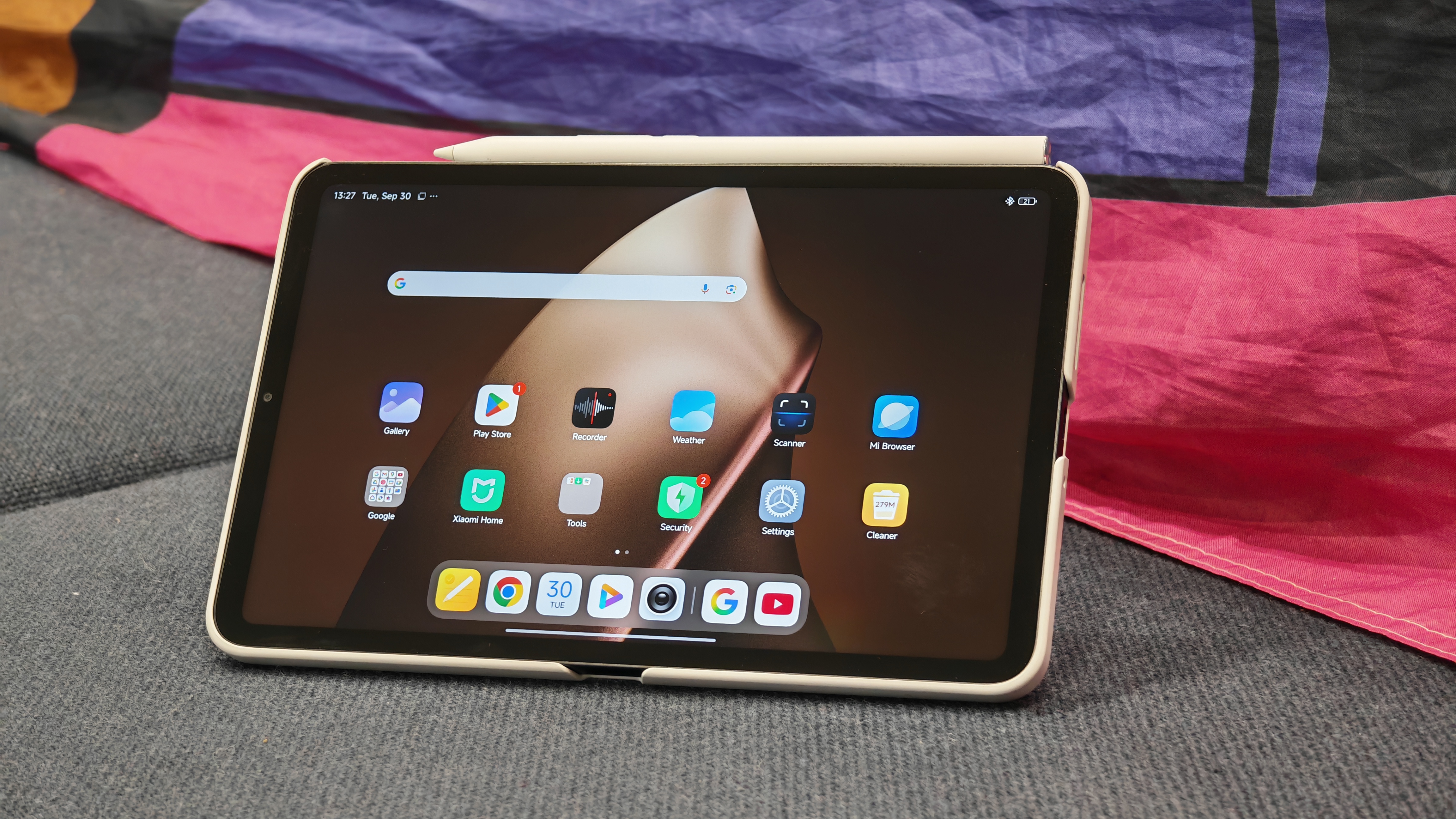
For a device that retails at roughly $500 / £450 / AU$900 depending on territory, the Xiaomi Pad Mini offers a frictionless and premium-feeling experience. Personally, 8.8-inches feels like a very natural size for a smart device – more portable than my personal 11-inch iPad Pro, but no less capable at the things I use my iPad for day-to-day (Apple still has total superiority over Android when it comes to pro-level app availability, but that’s for another day.)
The Xiaomi Pad Mini also comes equipped with a few neat conveniences. It runs Xiaomi HyperOS 2, an Android 15 wrapper that supports floating windows a la iPadOS 26, with support for external monitors via the DisplayPort-equipped USB-C port on the long edge of the device. Notably, that’s one of two USB-C ports – both can be used for charging, but only the long-edge port supports DisplayPort 1.4, and only the short-edge port supports data transfer (via GSMArena).
There’s also a single rear camera which takes serviceable pictures at 13MP and videos at 4K 30fps or 1080p 60fps, and a selfie camera that’s actually a little too wide-angled for my liking. Furthermore, the Xiaomi Pad mini is the first tablet I’ve ever used to have any kind of haptic feedback – it’s a really welcome addition that makes using the tablet feel more involving and much more phone-like, which lends itself well to the device’s portable form factor.
Ace accessories
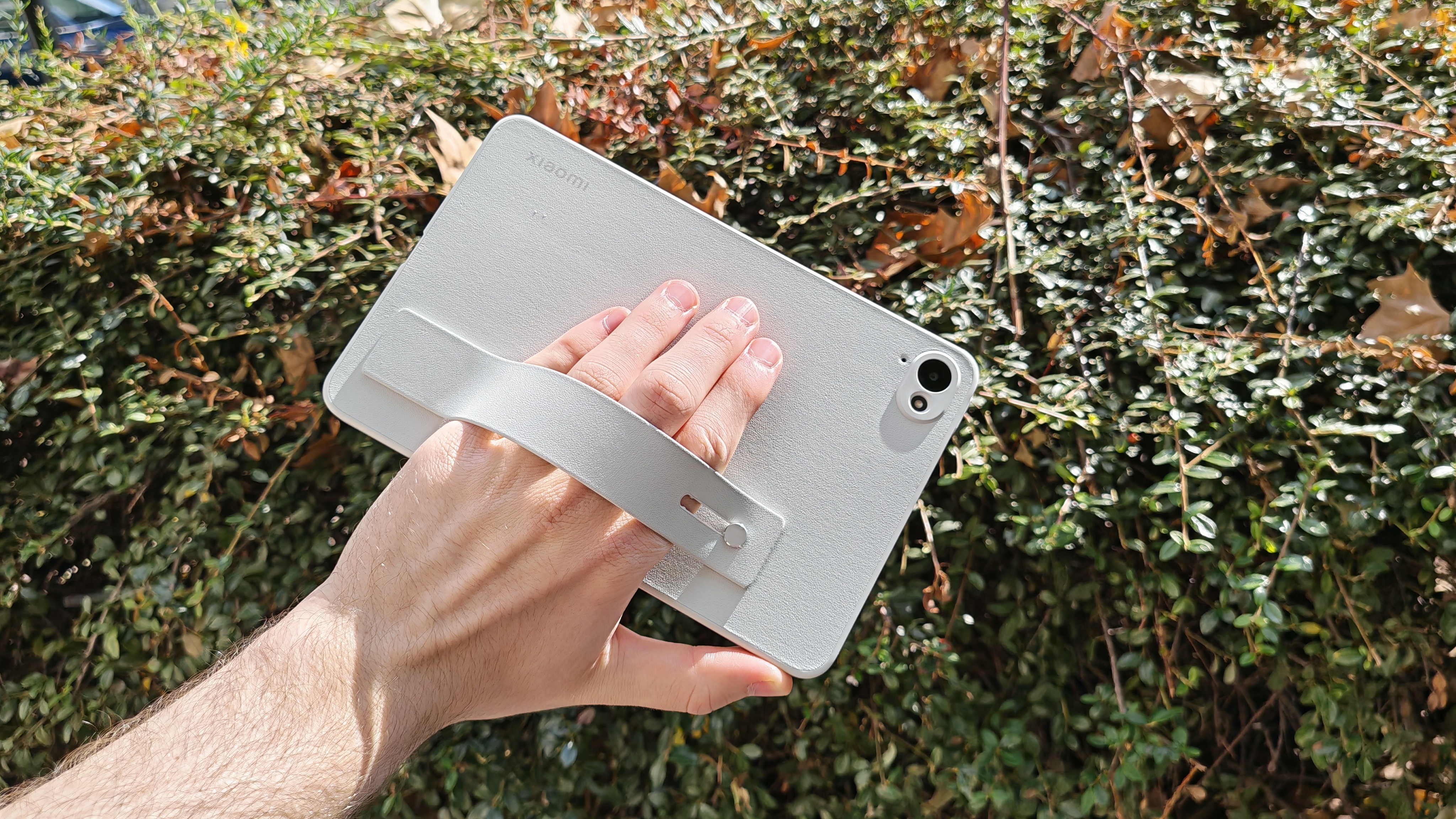
I’m also a big fan of the accessories Xiaomi provided alongside the Xiaomi Pad Mini (all sold separately).
The Xiaomi Pad Mini Cover is a case that snaps onto the device’s rear panel, and features a rubber band that snaps into place as either a carry handle or kickstand. It’s not as stable as Apple’s Smart Cover or Samsung’s variety of keyboard cases, but it is very subtle.
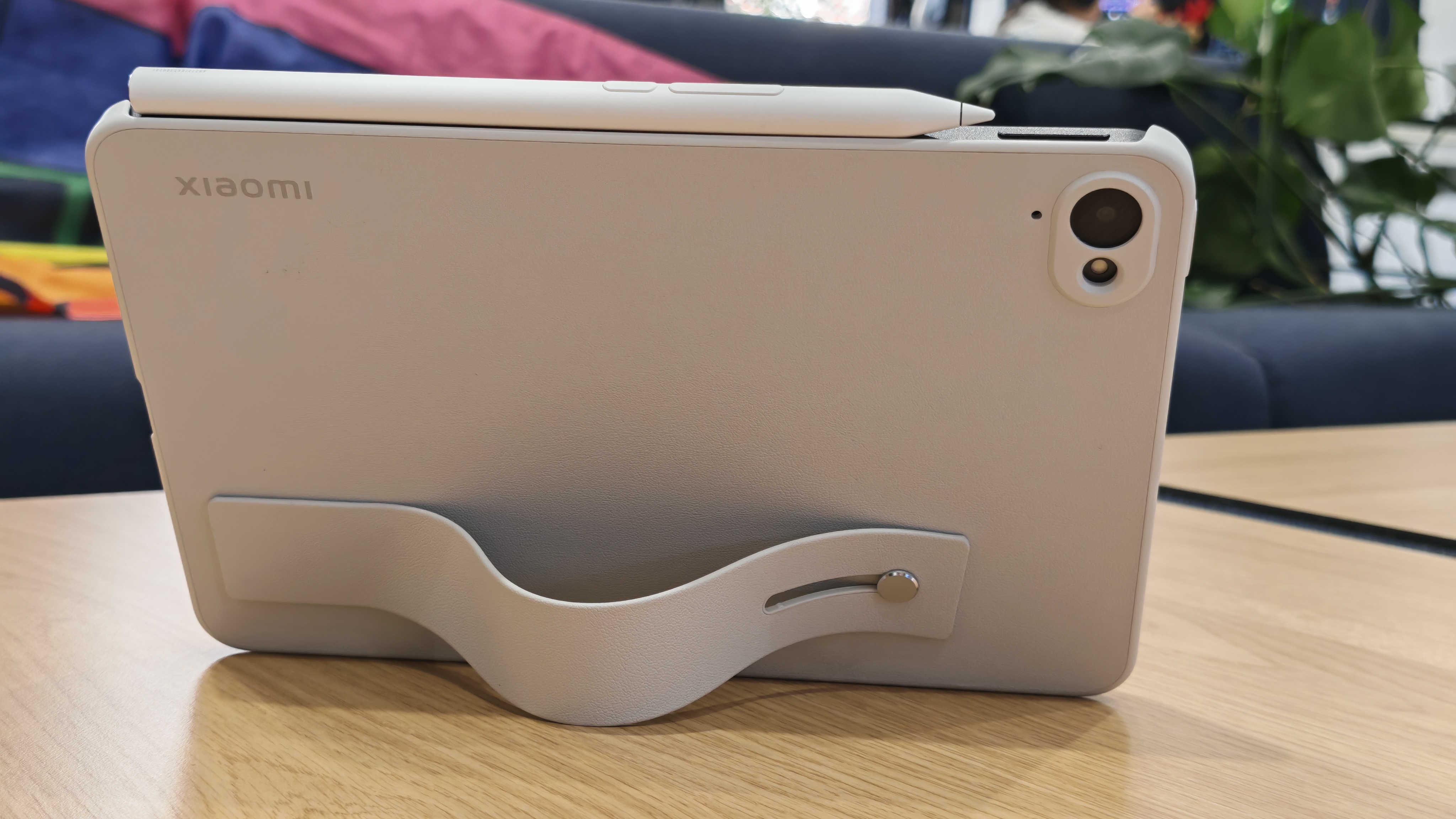
The Xiaomi Pad Mini is also fully compatible with the Xiaomi Focus Pen, which feels a lot like the Apple Pencil with a few buttons attached.
I tried writing and drawing in the included Mi Canvas app, and found it very enjoyable – not quite as buttery as the Samsung Galaxy Tab S11 Ultra’s S Pen, but more controllable than the Apple Pencil. The buttons lend themselves to a variety of contextual tools, like switching paintbrushes in drawing apps and scrolling through slides in Google Slides.
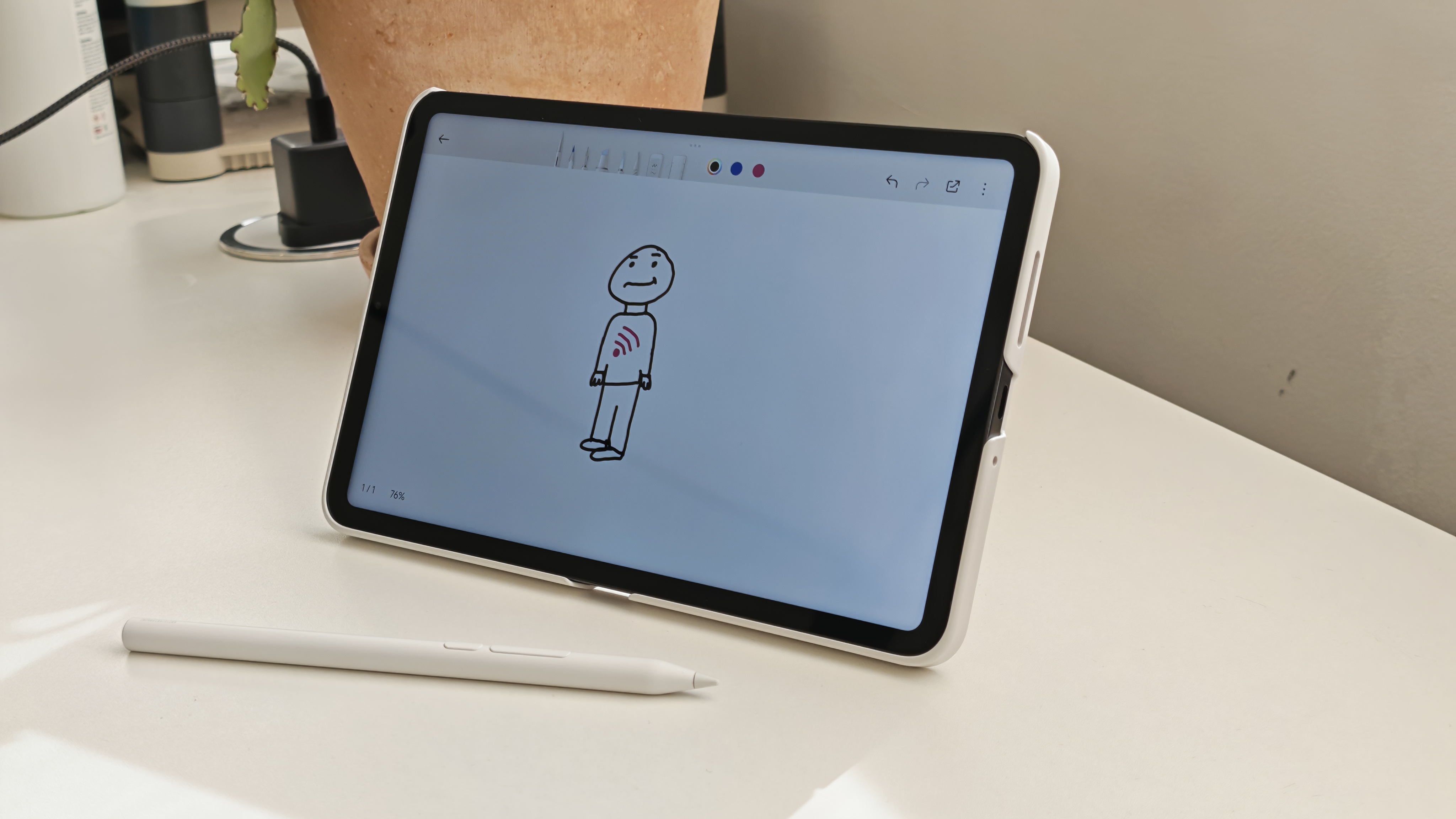
The Xiaomi Pad Mini is a well-designed and well-equipped tablet that may well replace my iPad Pro for scrolling web pages and jotting down quick notes. With that said, I found myself wishing for one missing feature – a fingerprint scanner. Swiping and unlocking a tablet with a passcode just isn’t as fast as it is on a phone, and I don’t tend to use image-based face unlocks due to security concerns (Apple’s FaceID uses IR scans instead).
So, there you have it – my hands-on thoughts on the Xiaomi Pad Mini. As mentioned, this tablet won’t be coming to any Western markets under current plans, which I think is a real shame given how well this device competes against the 2024 iPad mini. If you'd like to see an in-depth comparison, let us know in the comments below.







